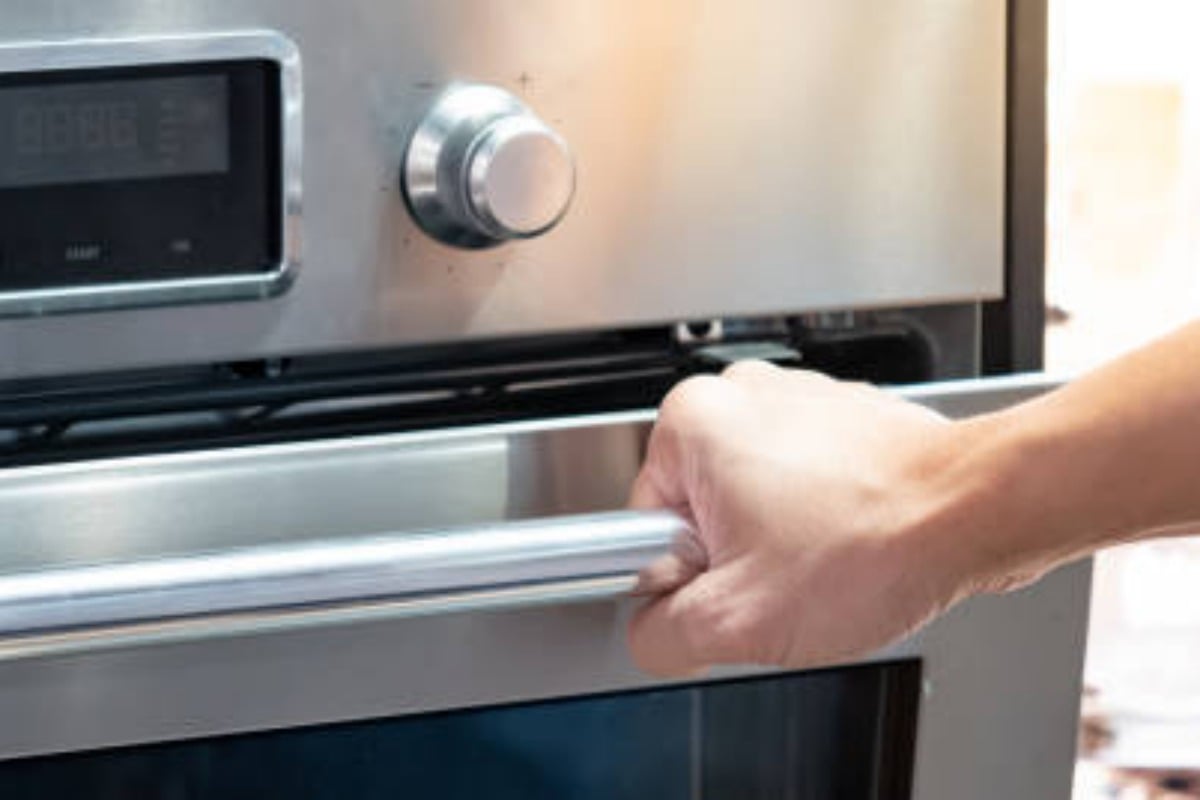Introduction
Welcome to our comprehensive guide on commercial oven parts. In this article, we will dive into the world of commercial ovens and explore the various components that make them work. Whether you are a restaurant owner, a professional chef, or someone who enjoys cooking at home, understanding the different parts of a commercial oven and how to maintain or replace them is essential for ensuring optimal performance and longevity.
1. Heating Elements
The heating elements are the heart and soul of any commercial oven. These components are responsible for generating the heat required for cooking. There are typically two types of heating elements found in commercial ovens: electric and gas. Electric heating elements consist of metal coils that heat up when an electric current passes through them. Gas ovens, on the other hand, use a burner to produce heat. It is important to regularly inspect and clean the heating elements to ensure they are functioning properly and to prevent any potential fire hazards.
2. Oven Thermostat
The oven thermostat is the device that controls the temperature inside the oven. It works by sensing the temperature and sending signals to the heating elements to either increase or decrease the heat. If your oven is not maintaining a consistent temperature or if it is overheating, it may be a sign that the thermostat is faulty and needs to be replaced. Regular calibration of the thermostat is also recommended to ensure accurate temperature control.
3. Oven Knobs and Control Panel
The oven knobs and control panel allow you to set the desired temperature and control other functions of the oven, such as the timer and the oven light. Over time, these components can wear out or become damaged, making it difficult to accurately control the oven's settings. If you are experiencing issues with your oven knobs or control panel, it is advisable to replace them to ensure precise temperature control and ease of use.
4. Oven Door and Door Seal
The oven door and door seal play a crucial role in maintaining the oven's heat and preventing it from escaping. If you notice that your oven is not heating up properly or if you feel heat escaping from the door, it may be a sign that the door seal is worn out and needs to be replaced. Additionally, if the oven door is damaged or not closing properly, it can lead to heat loss and inefficient cooking. Regular cleaning and inspection of the door and door seal are essential for proper oven functionality.
5. Oven Racks and Shelves
Oven racks and shelves are used to hold and support the cooking trays and dishes inside the oven. These components are subjected to high temperatures and heavy loads, which can cause them to warp or become damaged over time. It is important to regularly inspect the oven racks and shelves for any signs of damage and replace them if necessary to ensure safe and efficient cooking.
6. Oven Igniter
Gas ovens rely on an igniter to start the combustion process and produce heat. The igniter is responsible for lighting the gas and ensuring a consistent flame. If your gas oven is not heating up or if you notice a weak flame, it may be an indication that the igniter needs to be replaced. Regular cleaning and maintenance of the igniter are essential for optimal performance and safety.
7. Oven Fan and Motor
Many commercial ovens are equipped with a fan and motor system that helps distribute heat evenly throughout the oven. The fan and motor work together to circulate the hot air, ensuring that food is cooked uniformly. If you notice that your oven is not heating evenly or if the fan is making unusual noises, it may be a sign that the fan or motor needs to be replaced. Regular cleaning and lubrication of these components are necessary to prevent dirt buildup and ensure smooth operation.
8. Oven Lights
Oven lights provide visibility inside the oven, allowing you to monitor the cooking process without opening the door and releasing heat. If the oven light is not working, it can make it difficult to check on your food while it is cooking. Replacing a faulty oven light is a simple task that can greatly enhance your cooking experience.
9. Oven Control Board
The oven control board is the brain of the oven, responsible for controlling and coordinating all the oven's functions. If your oven is not responding to your commands or if it is displaying error messages, it may be an indication that the control board is faulty. Replacing the control board should only be done by a professional technician to ensure proper installation and functionality.
10. Cleaning and Maintenance Tips
Maintaining and cleaning your commercial oven regularly is essential for its longevity and performance. Here are some tips to keep in mind:
- Follow the manufacturer's instructions for cleaning and maintenance.
- Regularly clean the interior of the oven to remove food debris and grease buildup.
- Inspect and clean the oven racks, shelves, and other removable components.
- Check and replace the oven door seal if it shows signs of wear or damage.
- Keep the oven control panel and knobs clean and free from dirt and spills.
- Have your oven professionally serviced at least once a year.

